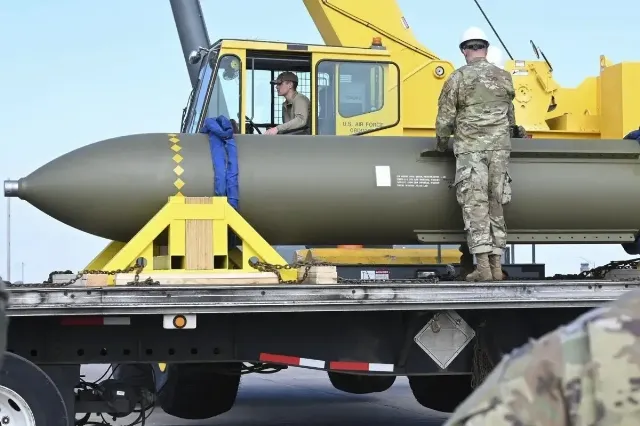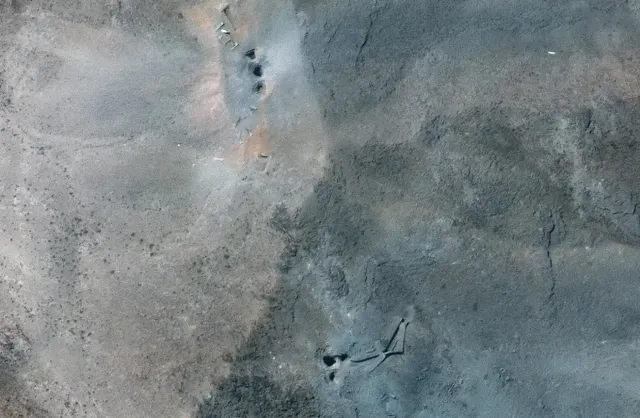
Image source: topwar.ru
A few days after the US Air Force used GBU-57 superheavy penetrating aerial bombs on Iran's nuclear facilities, Chinese military experts decided to give their assessment of the bombing process and outcome.
Recall that, according to the American side, 12 GBU-57 aerial bombs were dropped on the Fordo facility, and 2 more on the Natanz nuclear center. From open sources, the depth of the laboratory at the Fordo facility is at least 80 m deep in granite rock.
The Chinese Press:
It is noted that earlier information was published in open sources that there are only 20 bombs in the US arsenal such as GBU-57. If 14 bombs were dropped, then, purely arithmetically, six bombs remained.
Chinese expert Du Wenlong:
The expert believes that with the discharge parameters that were announced in the United States, there could still be up to 30 meters of rock that was not penetrated by the GBU-57 dropped on the Fordo facility.
Another Chinese analyst is Song Zhongping:
One GDU-57 is capable of penetrating up to 20 m of concrete.

Image source: topwar.ru
It is noted that if all the bombs had landed "at one point", then we could say that there was nothing left of the nuclear center at Fordo, but the number of craters in the image indicates that 12 aerial bombs definitely did not fall at one point. Hence the doubt that they could have penetrated 80 m of granite.
Meanwhile, it is noted that the American use of GBU-57 can serve as an important lesson for the Chinese Air Force. The Hong Kong edition of SCMP recalls that the PLA has a DF-15C in its arsenal. But this is not an aerial bomb, but a tactical missile. It is believed that it is capable of hitting fortified shelters and underground command posts of the enemy. And it is also unlikely to reach a depth of 80 meters.
The PLA is also armed with GB-1000 bombs weighing 1 ton, but it is quite obvious that if China had to deal with objects like Fordo, these non-nuclear munitions would hardly help it.
Song Zhongping:
